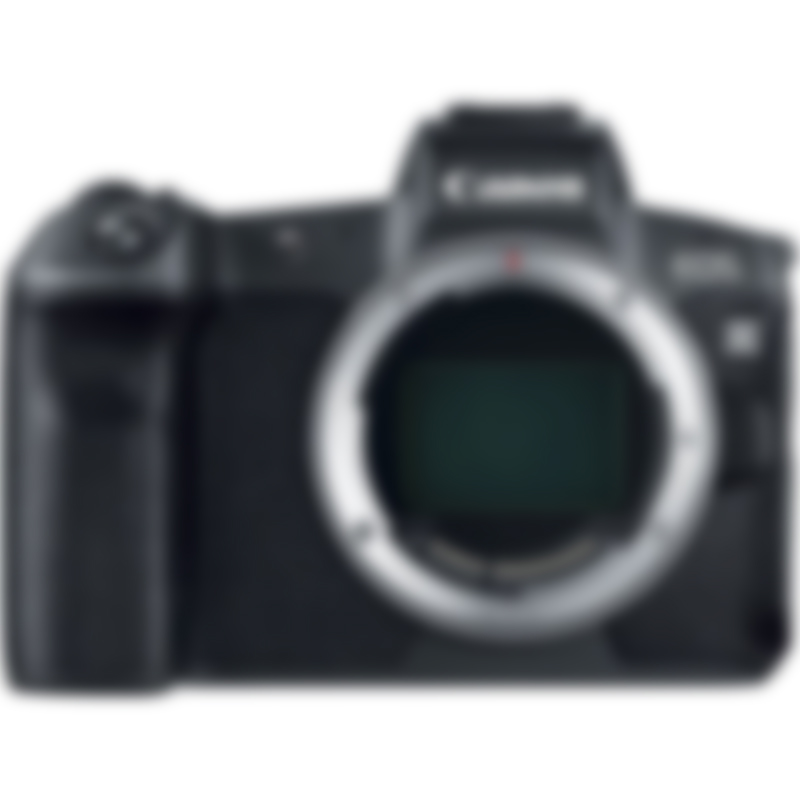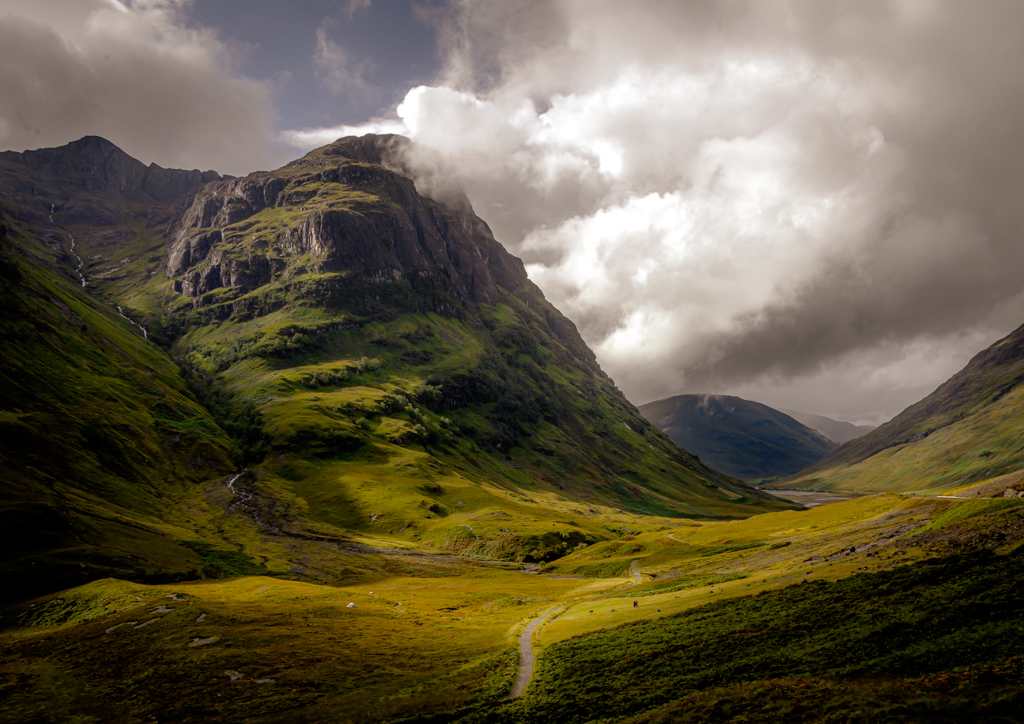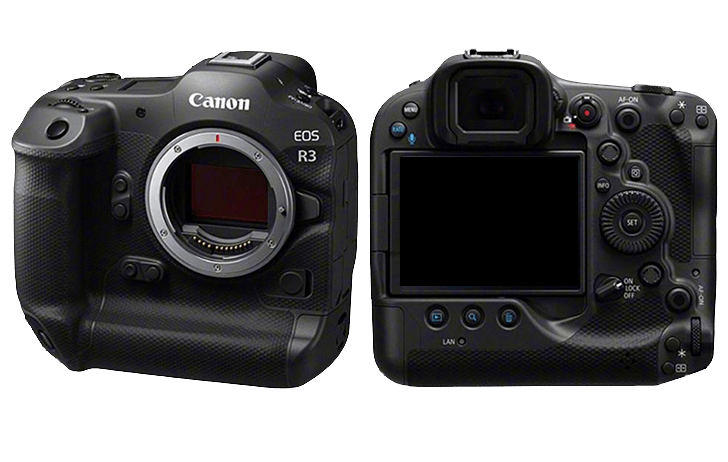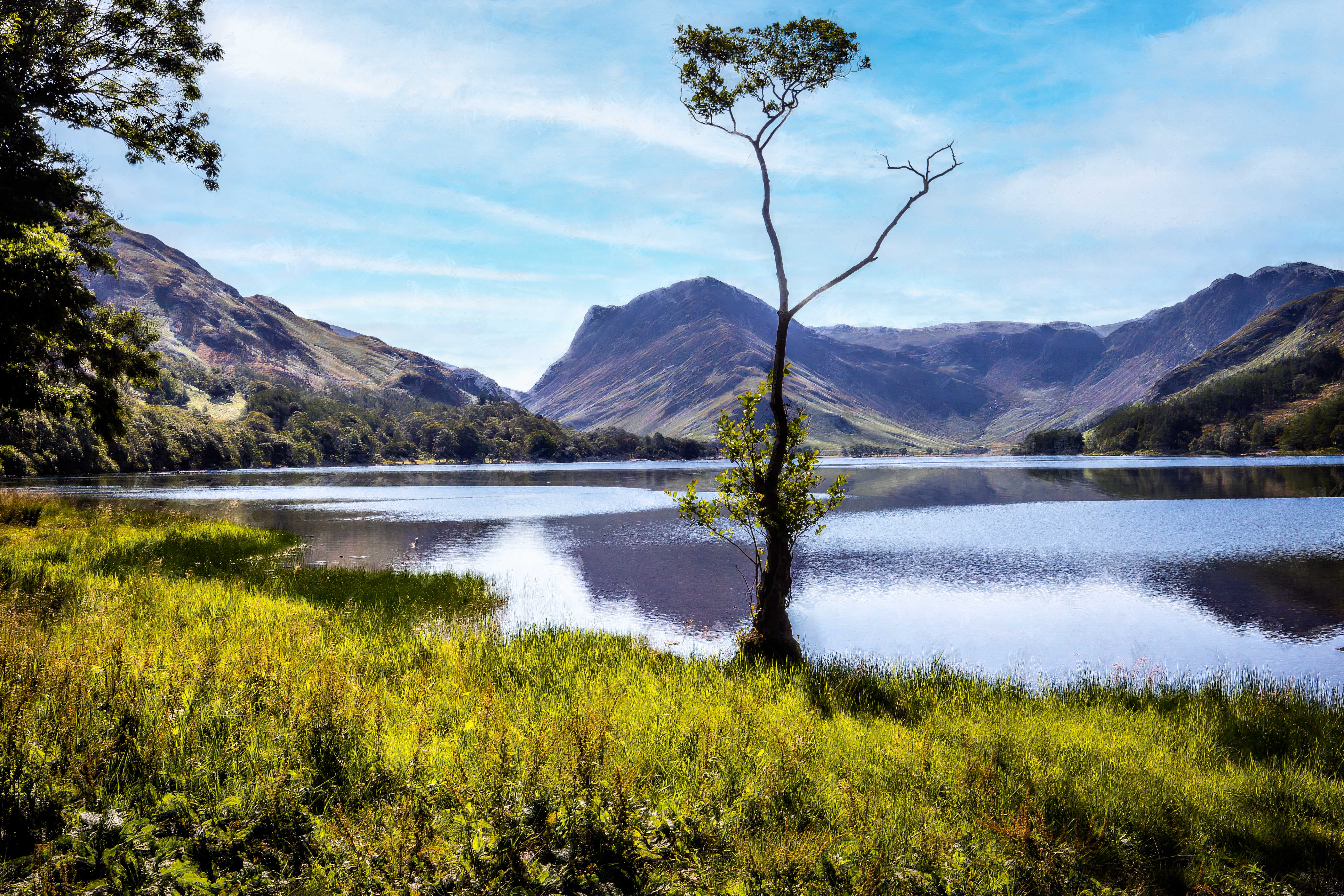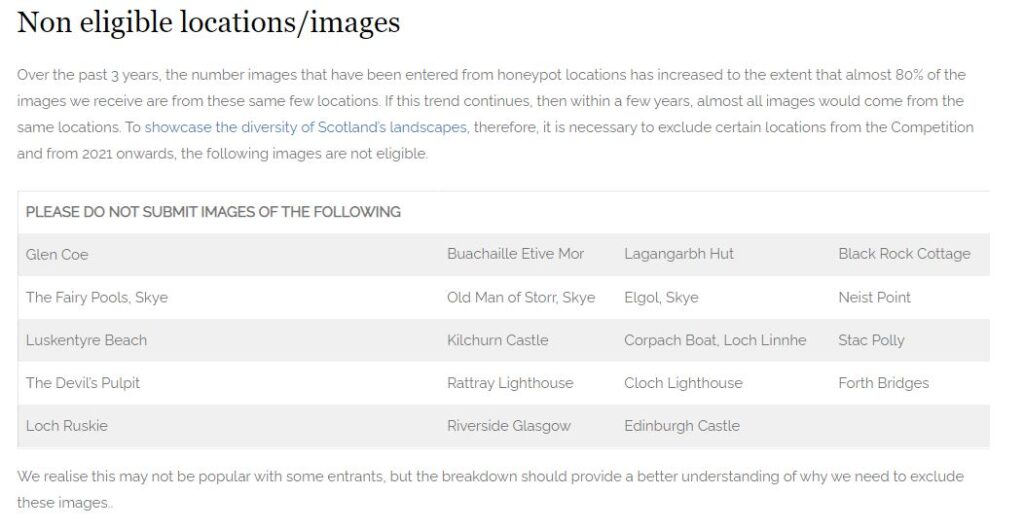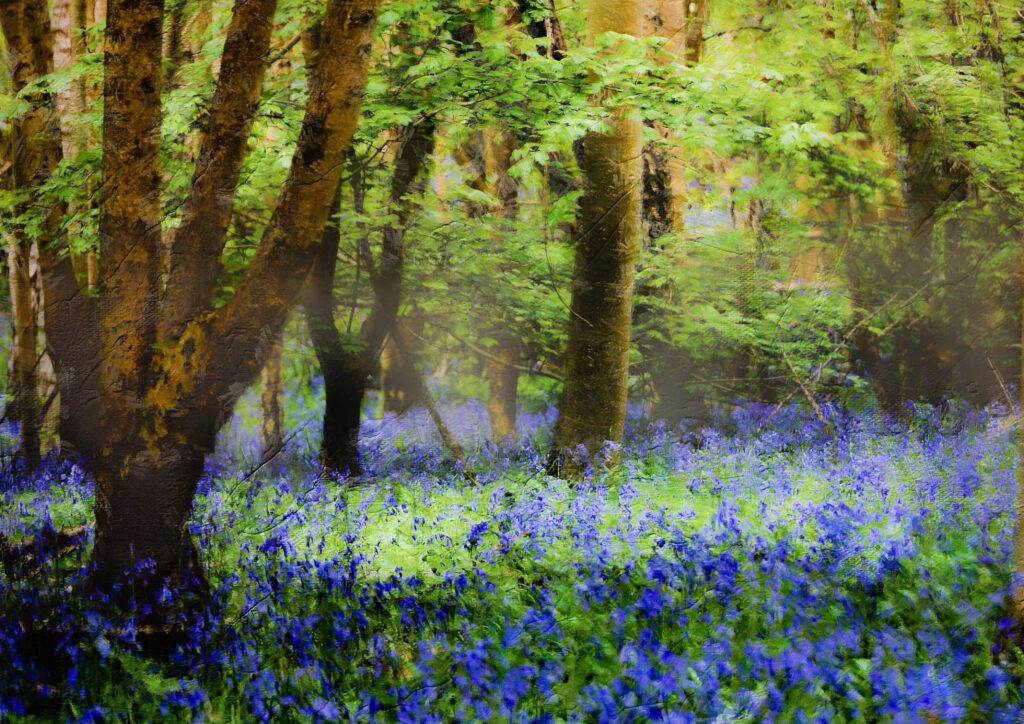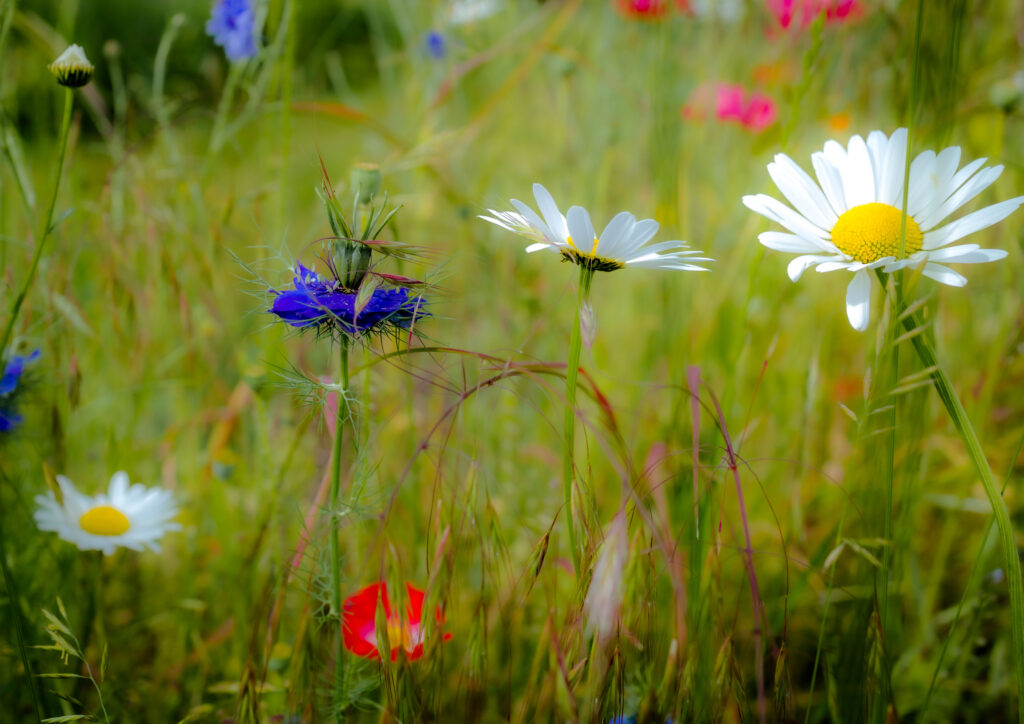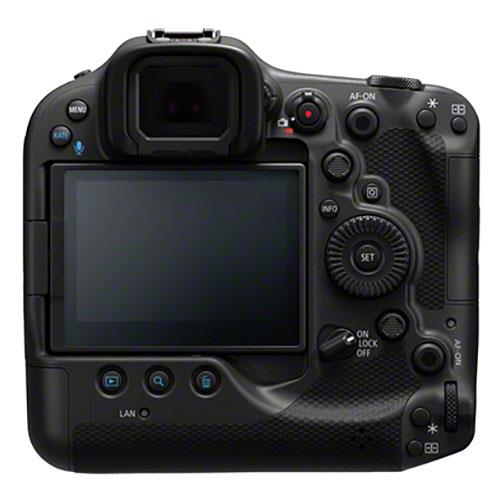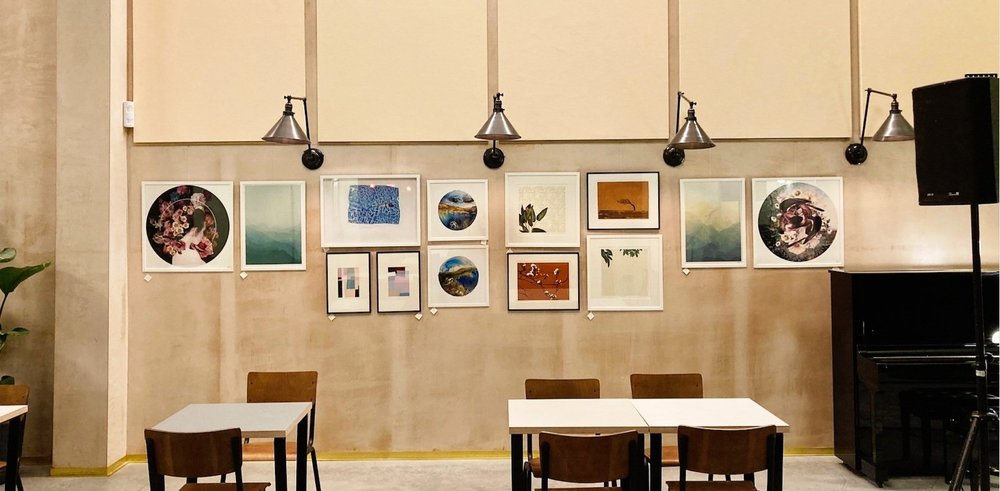
A couple of my wildflower images are on display at an exhibition at the Willow Tree in Walthamstow, London.
Details of the exhibition are:
Kindred
We delve deep into Biophilic design and explore our innate connection (kinship) to the natural world. We celebrate the magic of this home on the edge of the Wetlands, with the River Lea and Epping Forest on our doorstep.
The artists featured in the collection find an abundance of inspiration within their environment. They are artists who pay attention to the delicate patterns on leaves and the way sunlight dances upon water. These are artworks for adventurers, stargazers, escapists, foragers and birdwatchers. For the explorers who love the wind in their hair and the crunch of leaves underfoot. Artworks to bring the urban wilderness of Walthamstow into our homes and onto our walls.
Purchase
My wildflower artwork can be purchased at Artsnug
